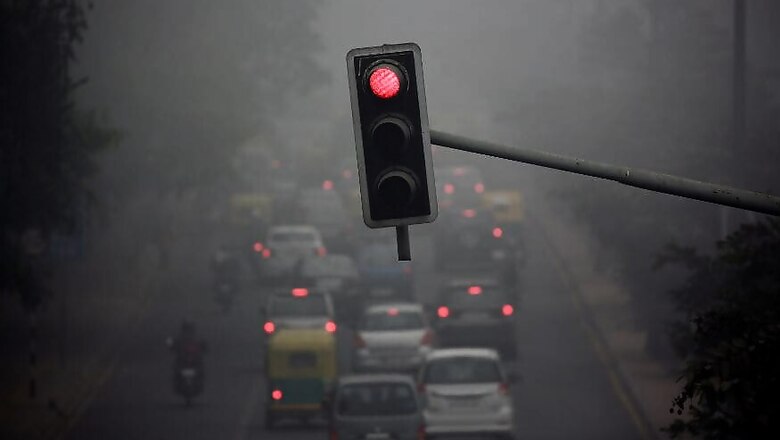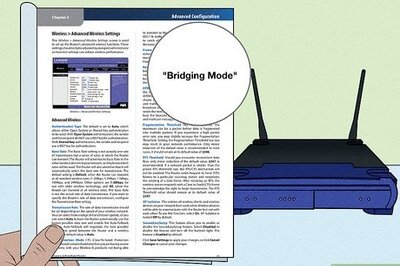
views
“If there are no standards in place, consumers might end up buying inferior quality air purifiers which could make very little difference. Without any standards, low quality products will easily flood the market. Consumers will doubt the usefulness of air purifiers and will feel cheated. Standards are required to secure the interests of the consumers and also for the overall positive awareness about air purifiers," said Arvind Chabra, Country Head, India, Blueair. Also read: Delhi Air Pollution: 5 Things You Must Check Before Buying an Air Purifier
Out of the top 10 most polluted cities in India, six of them are in India and New Delhi tops the chart. Consider this real life example. In February 2015, when the former US President Barack Obama had attended New Delhi to attend the 66th Indian Republic Day, the US Embassy had purchased over 1,800 indoor air purifiers to protect its employees. At that time there were no concerns or awareness among the Indian counterparts around air pollution and AQI.
The situation has only got worse by the end of 2017. Without any standards specific to Indian conditions, cheap quality air purifiers (at lower costs) are flooding the market and the consumers remain vulnerable.
Chabra informed that the government is already looking forward to introduce some standards and the work has already started. “We could expect some Indian standards soon," he added. Also read: Delhi Air Pollution: Govt Needs to Establish Air Purifier Standards ASAP
“As far as the Indian Air Purifier standards are concerned, there shouldn’t be much of customisations required and they can follow AHAM or the Chinese GB/T 18801 standard to begin with. Once some basic regulations are set, these can always be bettered going forward, he said.
Having said that while drafting the standards and regulations for air purifiers, the authorities cannot ignore pollutants that are mostly exclusive in our country which may not be properly addressed by AHAM or Chinese GB/T 18801. For example, certain air pollutants like sulphur dioxide is observed in large quantities and India is soon becoming the world’s top sulphur dioxide emitter. So, the standards need to address these unique challenges as well.




















Comments
0 comment